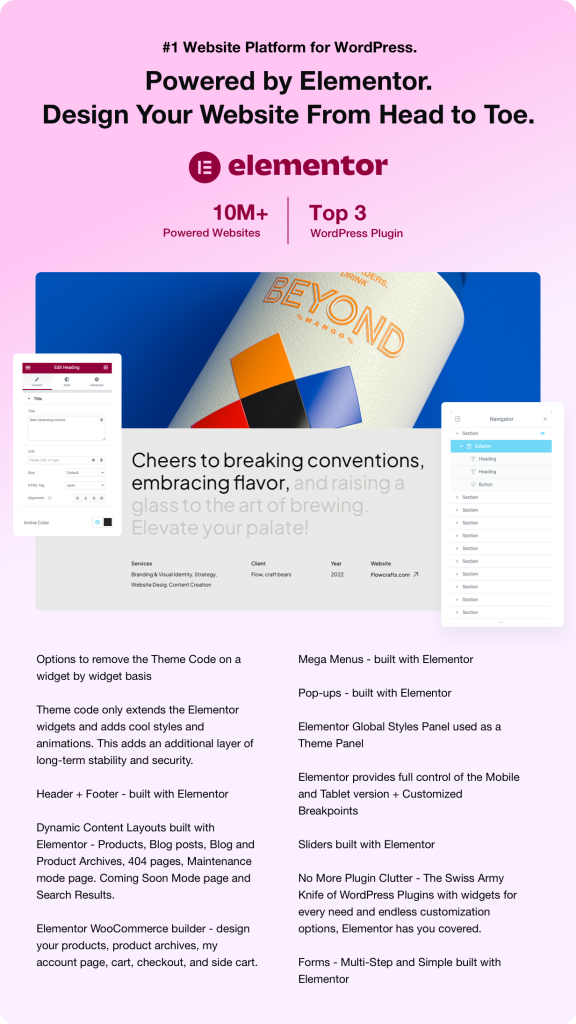In an era where mobile devices dominate our daily lives, the integration of artificial intelligence into operating systems (OS) is revolutionizing how we interact with technology. One of the most promising advancements in this field is AIOS, or Artificial Intelligence Operating System, specifically designed for mobile devices. This article delves into the latest news and updates surrounding AIOS, focusing on adaptive user interfaces (UI) and the seamless user experience it promises.
.
**Understanding AIOS for Mobile Devices**
AIOS represents a significant shift in mobile operating systems, leveraging artificial intelligence to enhance functionality and user interaction. Unlike traditional operating systems, which rely heavily on pre-defined algorithms and static interfaces, AIOS adapts to user behavior and preferences in real-time. This adaptability is achieved through machine learning algorithms that analyze user interactions, allowing the system to anticipate needs and provide tailored experiences.
.
Recent developments in AIOS have showcased its potential to transform mobile technology. Major players in the tech industry, including Google and Apple, are investing heavily in AIOS capabilities, integrating advanced AI features into their platforms. For instance, Google’s Android 14 has introduced a more intelligent assistant that learns from user habits, while Apple’s iOS 17 is enhancing Siri’s contextual understanding through AI-driven insights. These updates indicate a clear trend towards more intelligent, responsive mobile environments.
.
**The Role of Adaptive UI in AIOS**
One of the standout features of AIOS is its adaptive user interface. The adaptive UI is designed to modify itself based on user interactions, preferences, and contextual factors. This means that the layout, functionality, and even the aesthetic elements of the UI can change dynamically, providing a more personalized experience.
.
For example, consider a user who frequently uses their device for navigation. An adaptive UI might prioritize mapping applications and relevant notifications when the user is in a car, while shifting to productivity tools when the user is at their desk. This level of customization not only enhances usability but also reduces cognitive load, allowing users to focus on their tasks without unnecessary distractions.
.
Recent studies have shown that adaptive UIs can significantly improve user satisfaction and engagement. According to a report by the Nielsen Norman Group, users are more likely to engage with applications that feel intuitive and responsive to their needs. By implementing adaptive UI principles, developers can create applications that resonate with users on a deeper level, fostering loyalty and increasing usage rates.
.
**Seamless User Experience in AIOS**
The ultimate goal of AIOS is to create a seamless user experience that feels natural and intuitive. Seamless user experience refers to the ability of a system to provide a smooth, uninterrupted interaction across various tasks and applications. In the context of AIOS, this means that users can transition between different functionalities without experiencing friction or confusion.
.
To achieve this, AIOS employs several strategies. First, it utilizes predictive analytics to anticipate user actions. For instance, if a user frequently checks their email after reading the news, AIOS can pre-load the email application in the background, allowing for instantaneous access when the user makes the switch. This kind of foresight not only saves time but also enhances the overall fluidity of the user experience.
.
Moreover, AIOS integrates various applications and services into a cohesive ecosystem. This integration allows for features like cross-app functionality, where users can share information seamlessly between apps. For example, a user might highlight a passage in a document and easily share it via a messaging app, all without having to switch between applications manually. This interconnectedness is a hallmark of AIOS, making it a powerful tool for productivity and efficiency.
.
**Industry Applications and Technical Insights**
The applications of AIOS extend beyond individual users; they also have significant implications for businesses and industries. Companies are beginning to recognize the potential of AIOS to streamline operations, enhance customer interactions, and drive innovation. For instance, in the retail sector, AIOS can be used to create personalized shopping experiences. By analyzing customer data, retailers can tailor promotions and product recommendations to individual preferences, ultimately increasing sales and customer satisfaction.
.
In the healthcare industry, AIOS can facilitate better patient management. Mobile devices equipped with AIOS can monitor patient vitals and provide real-time feedback to healthcare providers. This capability not only improves patient outcomes but also reduces the burden on healthcare professionals, allowing them to focus on more critical tasks.
.
From a technical perspective, the development of AIOS involves several key components. Machine learning algorithms are at the forefront, enabling the system to learn from user interactions and adapt accordingly. Additionally, natural language processing (NLP) plays a crucial role in enhancing user communication with the device. By understanding and processing human language, AIOS can provide more accurate responses and facilitate smoother interactions.
.
**Industry Use Cases**
Several companies are already harnessing the power of AIOS to improve their services and products. For example, Samsung has integrated AIOS features into its Galaxy line of smartphones, allowing for a more personalized user experience. Users can customize their home screens based on usage patterns, and the device can suggest apps and settings that align with their preferences.
.
Another notable example is Microsoft’s integration of AIOS elements into Windows 11. By incorporating AI-driven features, Microsoft aims to create a more intuitive operating system that adapts to user workflows. This includes smart suggestions for file organization and enhanced collaboration tools for remote work.
.
Moreover, startups are emerging with a focus on AIOS development. Companies like Glance and Jio Platforms are exploring innovative ways to leverage AIOS to enhance mobile experiences, particularly in emerging markets where mobile device usage is skyrocketing.
.
**Conclusion: The Road Ahead for AIOS**
As we look to the future, the potential of AIOS for mobile devices is immense. The integration of adaptive UI and seamless user experiences is set to redefine how we interact with technology. With ongoing advancements in artificial intelligence, we can expect even more sophisticated features that cater to individual user needs.
.
The future of mobile technology lies in personalization and adaptability, and AIOS is at the forefront of this revolution. As more companies adopt AIOS principles, users can look forward to a more intuitive, engaging, and efficient mobile experience. The journey has just begun, and the possibilities are endless.
.
**Sources:**
1. Nielsen Norman Group. (2023). “User Engagement and Adaptive Interfaces.”
2. Google Developers. (2023). “Android 14 Features: AI Enhancements.”
3. Apple Developer Documentation. (2023). “iOS 17: AI-Driven User Experience.”
4. Samsung Newsroom. (2023). “Innovations in AIOS for Galaxy Devices.”
5. Microsoft Blog. (2023). “Windows 11: The Future of AI-Powered Operating Systems.”



















